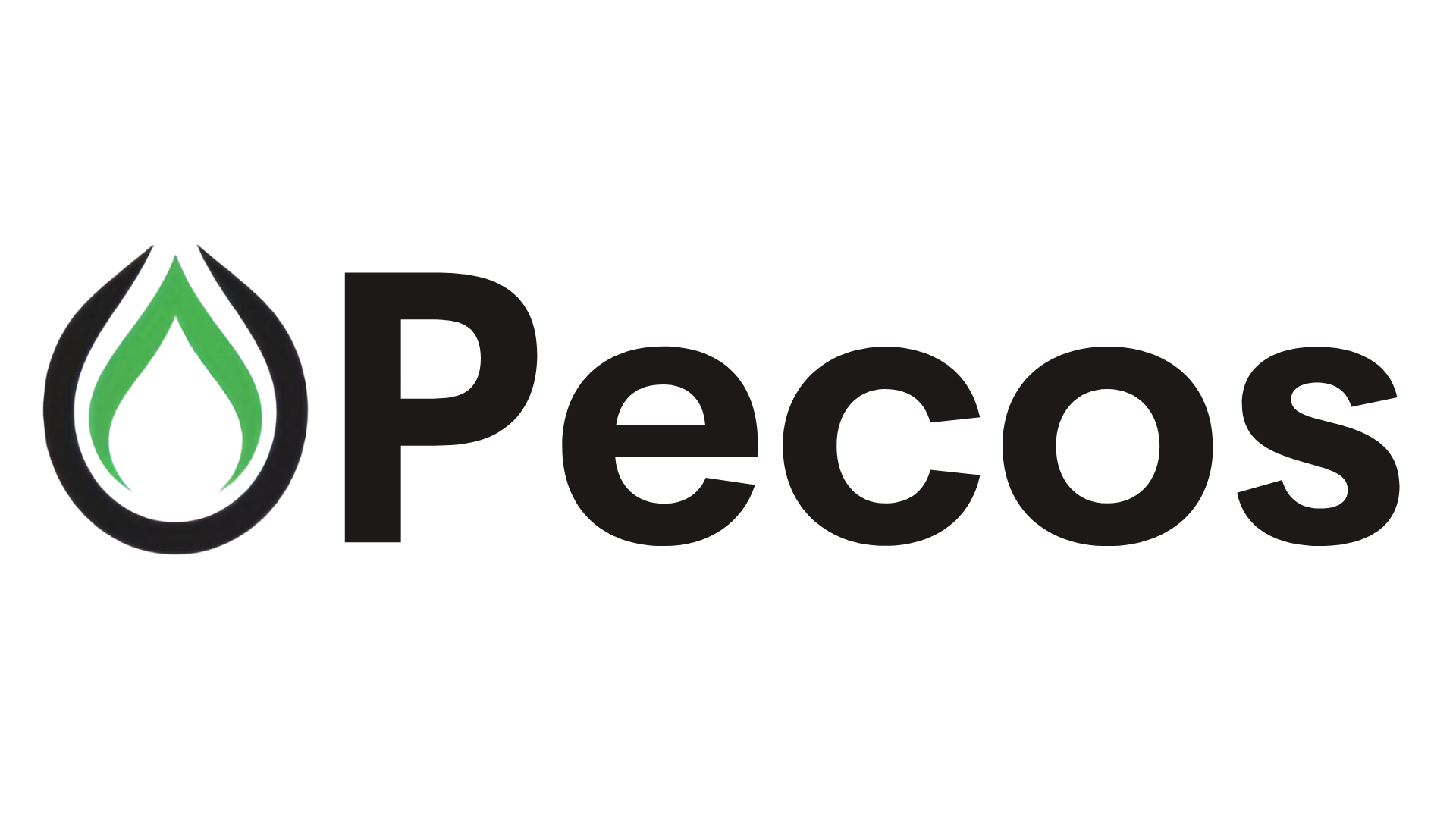Energy News Beat
As global energy markets navigate a complex landscape of geopolitical pressures, demand fluctuations, and supply dynamics, the Organization of the Petroleum Exporting Countries and its allies (OPEC+) remain pivotal in shaping oil prices and supply. In 2025, OPEC+ is set to gradually unwind voluntary production cuts of 2.2 million barrels per day (b/d), with a planned increase of 411,000 b/d in key months like May, June, and July. However, not all member countries face the same constraints, and some may physically be able to ramp up production faster than others due to existing infrastructure, spare capacity, or resolved bottlenecks. This article explores which OPEC+ countries are positioned to increase output in 2025, the constraints they face, and the forecasted production levels for key members.
OPEC+ Production Strategy for 2025
OPEC+ has been managing global oil supply through coordinated production cuts since late 2022, with a total of 5.86 million b/d in reductions, including 3.66 million b/d extended through December 2025 and 2.2 million b/d of voluntary cuts by eight key members (Saudi Arabia, Russia, Iraq, UAE, Kuwait, Kazakhstan, Algeria, and Oman). These voluntary cuts, initially set to expire in June 2024, are now being phased out gradually from April 2025 through September 2026, with monthly increments subject to market conditions. The group’s strategy aims to balance market stability with the economic needs of member countries, many of which rely on oil revenues to balance budgets.
The U.S. Energy Information Administration (EIA) forecasts that OPEC+ crude oil production will increase by a modest 0.1 million b/d in 2025, reaching 35.8 million b/d, as the group cautiously ramps up output. However, the ability to increase production varies significantly among members due to differences in spare capacity, infrastructure, and compliance with quotas. Below, we analyze the key OPEC+ countries and their potential to boost production in 2025.
Country-by-Country Analysis: 2025 Production and Constraints
Saudi Arabia
As OPEC’s largest producer, Saudi Arabia holds significant spare capacity, estimated at 3.0–3.5 million b/d in 2024. The kingdom produced 9.0 million b/d in 2024, down 13% from 2022 due to voluntary cuts. In 2025, Saudi Arabia is expected to increase output to 9.53 million b/d by July, as per OPEC+ quotas. Constraints are minimal, with robust infrastructure and ongoing investments to raise capacity to 13 million b/d by 2027. Saudi Arabia’s ability to ramp up production is unmatched, but it may limit increases to maintain market stability.
Russia
Russia, the largest crude oil producer in OPEC+ in 2024 at 9.2 million b/d, faces logistical and geopolitical constraints, including sanctions and Ukrainian attacks on refineries. Despite overproducing its quota by 200,000 b/d in April 2024, Russia’s 2025 production is projected to reach 9.24 million b/d by July. Spare capacity is limited, and export reductions (rather than production cuts) complicate compliance. Russia’s ability to increase output depends on restoring refinery capacity and navigating sanctions.
Iraq
Iraq, producing 4.4 million b/d in 2024, has consistently overproduced its quota by 240,000 b/d, straining relations with Saudi Arabia. For 2025, Iraq’s quota is set at 4.12 million b/d by July, but it may push to maintain higher output. Constraints include pipeline bottlenecks and political instability, though recent infrastructure upgrades could enable modest increases. Iraq’s physical capacity exceeds its quota, but compliance remains a challenge.
United Arab Emirates (UAE)
The UAE produced 2.9 million b/d in 2024 and secured a quota increase to 3.519 million b/d by September 2025, with 2025 output expected to reach 3.4 million b/d by July. The UAE’s state-owned ADNOC aims to hit 5 million b/d capacity by 2025, supported by new offshore projects. Minimal constraints and significant spare capacity position the UAE as a key player in boosting OPEC+ supply.
Kuwait
Kuwait’s 2024 production was 2.5 million b/d, with a 2025 quota of 2.57 million b/d by July. The country has spare capacity of around 0.5 million b/d and modern infrastructure, enabling it to increase output without significant hurdles. Kuwait’s focus on upstream investments ensures it can meet or exceed its quota.
Kazakhstan
Kazakhstan, producing above its quota in 2024, faces constraints from aging infrastructure and harsh weather impacting fields like Tengiz. Its 2025 quota is 1.468 million b/d, with production expected to align closely. Recent expansions could allow slight increases, but logistical challenges may cap growth.
Algeria
Algeria’s 2024 output was approximately 0.9 million b/d, with a 2025 quota of 0.959 million b/d. Limited spare capacity and declining fields constrain significant increases, but stable operations may allow Algeria to meet its target.
Oman
Oman, with 0.8 million b/d in 2024, has a 2025 quota of 0.759 million b/d. Enhanced oil recovery techniques provide some flexibility, but limited spare capacity restricts major increases.
Other OPEC+ Members
Countries like Nigeria (1.13 million b/d in 2024) and Angola (1.17 million b/d in 2024, now exited OPEC+) face severe constraints, including underinvestment, pipeline theft, and operational issues. Nigeria’s production is 0.7 million b/d below its quota, with little improvement expected in 2025. Iran, Libya, and Venezuela, exempt from quotas, have limited ability to boost output due to sanctions, political instability, and infrastructure decay. Iran could add 1.4 million b/d if sanctions are lifted, but this is unlikely in 2025.
2025 Production Forecast Summary
The table below summarizes the 2025 production forecasts for key OPEC+ countries, based on EIA data, OPEC+ quotas, and industry reports. Production figures reflect expected output by July 2025, assuming compliance with the phased unwinding of cuts.
|
Country
|
2024 Production (million b/d)
|
2025 Quota (July, million b/d)
|
2025 Forecasted Production (million b/d)
|
Key Constraints
|
|---|---|---|---|---|
|
Saudi Arabia
|
9.0
|
9.53
|
9.5
|
Minimal; market-driven restraint
|
|
Russia
|
9.2
|
9.24
|
9.2
|
Sanctions, refinery disruptions
|
|
Iraq
|
4.4
|
4.12
|
4.3
|
Pipeline bottlenecks, compliance
|
|
UAE
|
2.9
|
3.4
|
3.4
|
Minimal; infrastructure robust
|
|
Kuwait
|
2.5
|
2.57
|
2.6
|
Minimal; spare capacity available
|
|
Kazakhstan
|
1.5
|
1.468
|
1.5
|
Aging infrastructure, logistics
|
|
Algeria
|
0.9
|
0.959
|
0.9
|
Limited spare capacity
|
|
Oman
|
0.8
|
0.759
|
0.8
|
Limited spare capacity
|

Constraints and Opportunities
While Saudi Arabia, UAE, and Kuwait benefit from substantial spare capacity and modern infrastructure, other members face significant hurdles. Russia’s geopolitical challenges and Iraq’s overproduction highlight compliance issues within OPEC+. Nigeria and Angola, despite their potential, are hampered by chronic underinvestment and operational disruptions. The EIA notes that OPEC+’s surplus capacity was 4.6 million b/d in 2024, with Saudi Arabia accounting for the majority. This capacity provides a buffer against supply shocks but also underscores the uneven ability of members to increase output.
External pressures, including U.S. President Donald Trump’s calls for lower oil prices and potential sanctions on Iran and Venezuela, add complexity. A possible nuclear deal with Iran could unlock 1.4 million b/d, but political barriers make this uncertain. Meanwhile, non-OPEC+ countries like the U.S., Guyana, Canada, and Brazil are expected to drive global supply growth, with 1.8 million b/d added in 2025, potentially offsetting OPEC+ increases.
Market Implications
The gradual unwinding of OPEC+ cuts is already impacting prices, with Brent crude dropping to $69.75 per barrel in March 2025, its lowest since September 2024. Analysts warn that accelerated hikes could lead to oversupply, especially if demand growth in China and developed economies remains tepid. UBS analyst Giovanni Staunovo predicts oil prices will hover between $60–70 per barrel in 2025 unless compliance improves among overproducing members like Iraq and Kazakhstan.
For consumers, increased OPEC+ production could ease energy costs, but it risks squeezing profits for producers, particularly U.S. shale operators, if prices fall below $60 per barrel. OPEC+’s flexibility to pause or reverse hikes based on market conditions will be critical to avoiding a supply glut.
Conclusion
In 2025, OPEC+ faces a delicate balancing act: increasing production to meet global demand while maintaining price stability. Countries like Saudi Arabia, the UAE, and Kuwait are well-positioned to boost output due to ample spare capacity and minimal constraints, while others, such as Nigeria and Russia, face significant barriers. The group’s ability to enforce compliance and adapt to market shifts will determine its influence over global oil markets. As non-OPEC+ production increases, OPEC+ must navigate both internal and external pressures to maintain its relevance.
This article does not provide an answer, but it raises the question we are all asking. Will OPEC+ be able even to enforce its quotas? We have seen many times that countries use their oil fields in much the same way the U.S. uses its treasury, and instead of printing money, they drill for oil or gas.
Stay tuned to Energy News Beat for updates on OPEC+ decisions and their impact on global energy markets.
The post Some OPEC+ Countries May Overcome Constraints to Boost 2025 Oil Production appeared first on Energy News Beat.









